From the dusty town of Haines, Alaska we fly westward into the peaks of Glacier Bay National Park. Our goal, to shoot for the upcoming Sweetgrass Productions film, “Valhalla,” lies before us in an endless expanse of glacial valleys and shark-tooth peaks that extend clear to the Gulf of Alaska. The tiny Cessna 180 drops our crew—Carston, Zack, Drew, Donny, Ben, Jay, Zac and I—near the head of the Morse glacier. And there we hack out a camp of eight brightly colored specks, our home for 16 days.
Our plan is to shoot not just hippie turns, but stout, big-mountain skiing. The footage will be inspiring, elegant and well edited. The photos will grace gear catalogs, ski magazines and posters. You will not, however, see the inevitable failed attempts, bungled shots, weather delays and innumerable other efforts that bring these shots to life.On our second morning deep in the wilderness, half of the group skins toward a spine wall down glacier from camp. It’s iconic southeast Alaska, insanely steep and packed with small flutes and large spines. A gentle ridge leads to the base of the flutes, but there is a bergschrund to cross before Carston can begin booting up the wall. The crux of nearly every line we’ll try out here is the menacing crack like this one at the bottom.
As I watch from across the valley, Donny belays Carston over the bergschrund before scurrying back to a safe zone on the ridge. Carston makes quick progress up the face, wedging himself between two the flutes as if stemming up a rock chimney. His face presses against the snow in an effort to stay on the mountain. From across the cirque where we’ve been filming Zack, Carston resembles a lonely mountain goat, struggling to find his way up the giant flank of a giant mountain. We stop shooting Zack and meticulously watch Carston.
Halfway up the face Carston radios the safety/film team below him. It is possible to continue upward, he says, but the consequences of a fall are growing out of proportion. With a thousand feet and a bergschrund below him, Carston decides to descend. He down-climbs a little and skis out.
To be turned around not by weather or unstable snow, but by pure gradient is a humbling experience. We realize that if we are going to ski these incredible lines we’ll have to get on top of them first. With a helicopter, Carston would have ripped that face and been at the bar in time for happy hour. Instead, he was stuck pondering the unclimbable from a cold tent on the Morse.
After two weeks, the whiskey is gone and our group is immeasurably more dialed. We’ve shot massive, filmworthy lines and big airs over open ice. Zack landed what I figure is the most remote double flip of all time. There is, however, one zone we’ve been eyeing since day one that we have yet to try. We’ve been calling it the Pinky Spines for the way the ribbed lines glow in the last light of day. It is close to camp, one of the trophy lines of the valley, and for days, we’ve debated how to ascend and descend the line—nobody can agree. But knowing that our time on the Morse is limited, Donny and Drew decide to have a go.I sit outside the dome while they skin toward the Pinky Spines. When they reach the first ‘schrund, they stop to rope up. After a few minutes they continue across the crack and traverse the slope to find a safer crossing of the second bergschrund. As Donny is crossing the second crack, a natural point-release lets go above them, setting in motion an increasingly larger and faster powder cloud in their direction. I can’t tell if they’ve noticed it, so I grab my radio to call to them, but they descend down and out of the way before I’m able. I wait a few minutes to see what they’ll do, but they don’t move. “Hey guys. Checking in. Wondering what your plan is,” I say over the radio, expecting an objective response from Donny.
“Well Dan. The nice thing about the sluff is that it cleaned out my pants after shitting myself after falling in a crevasse,” he replies.
“Sounds like a blast. Really bummed I’m stuck in camp with a hot drink,” I reply.
“We are thinking about trying the next gully over to the north and then traversing back onto our line above the rocks,” Donny says.
“That looks good,” I tell them, and content myself to another few hours of spotting. The afternoon lingers on while Drew and Donny work their way up the slope and into the spines. In camp we stand around drinking tea and eating cereal with Bisquick (because we’re out of powdered milk). The two grow smaller as they move upward, until they are two specks on the snow, barely recognizable as human were it not for intermittent progress. When they’ve gotten really high I can tell they are in scary-steep terrain, and their momentum slows to the point where I can no longer tell if they are moving upward at all. It looks like they could freefall into the air if they peel off the spine. And to save themselves from peeling off the spine, Donny and Drew pull the plug.I’m disappointed and relieved. The terrain had gotten the best of them—of us—but, in the wilderness, there are no safety nets, no helicopters, ski patrol or hospitals. When they return to camp, we all joke about Donny’s radio call. Donny says he asked Drew how he was feeling after the sluff and all he heard back was, “Fucking puckered.” Then Drew does a hilarious impression of Donny, talking to himself while shoulder deep in a crack: “Don’t. Freak. Out. And. Make. Matters. Worse.”
And so our trip ends the same way it began—being turned around by some of the finest ski lines we’ve ever seen. But that’s the reality of human-powered skiing, and it gives depth to the no-fall charging and high-speed airs over open ice. It’s not depth in the photographic or cinematic sense, but within the flight of momentum that leads to its creation. That trajectory begins at 4 a.m. in a sub-zero camp in the middle of a glacier or earlier, in the gut of those who camp, hike and fight tooth and nail for those lines. Sometimes they succeed, and always they’re left with a story to tell.


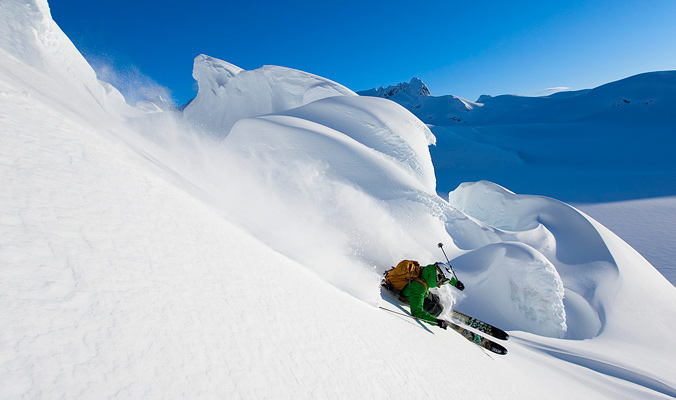

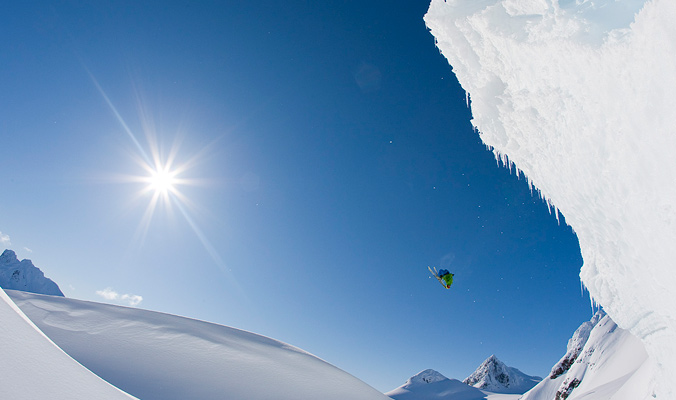
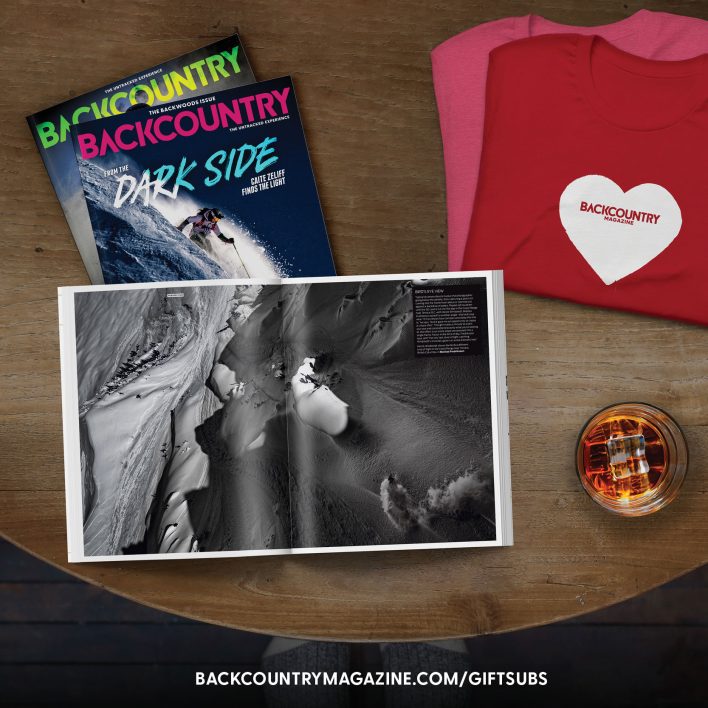




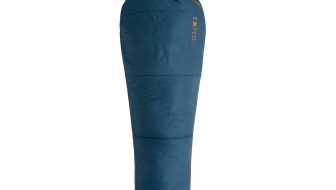
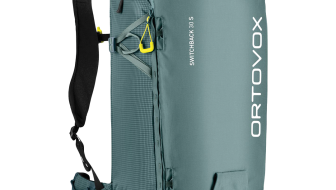

Wow…just WOW!!!
“Always they’re left with a Story to tell” sounds like a safeguard to skiing, Big, steep, scary lines. Maybe ‘Not always’ is the take-Home message here.
I wish ski movies would show the “not-this-time” Lines and decisions. Maybe it would help some people to recognize even the pros have their LIMITS. Of course, people are always going to do foolish things, but it would be nice to show someone deciding against taking an unnecessary risk.